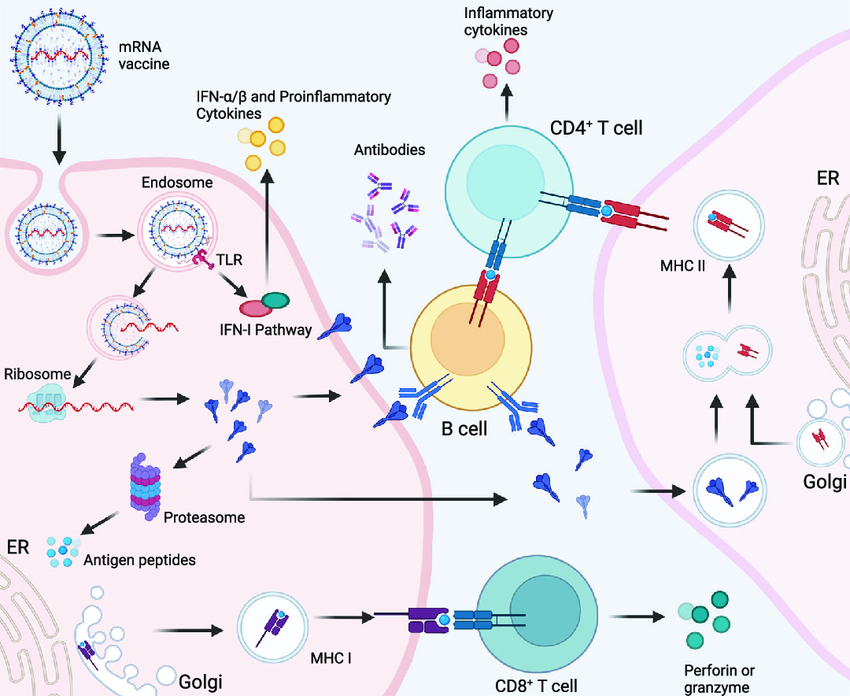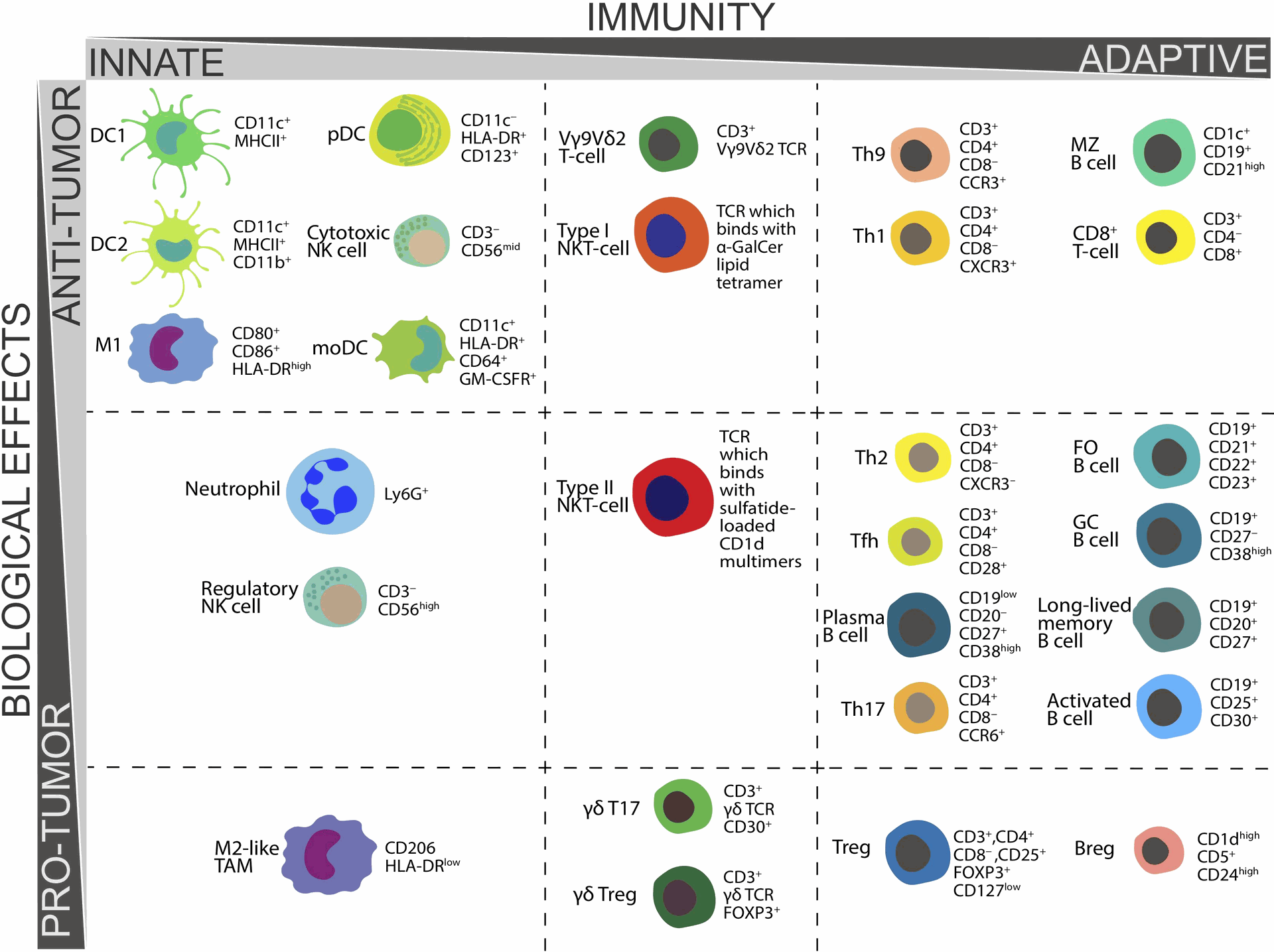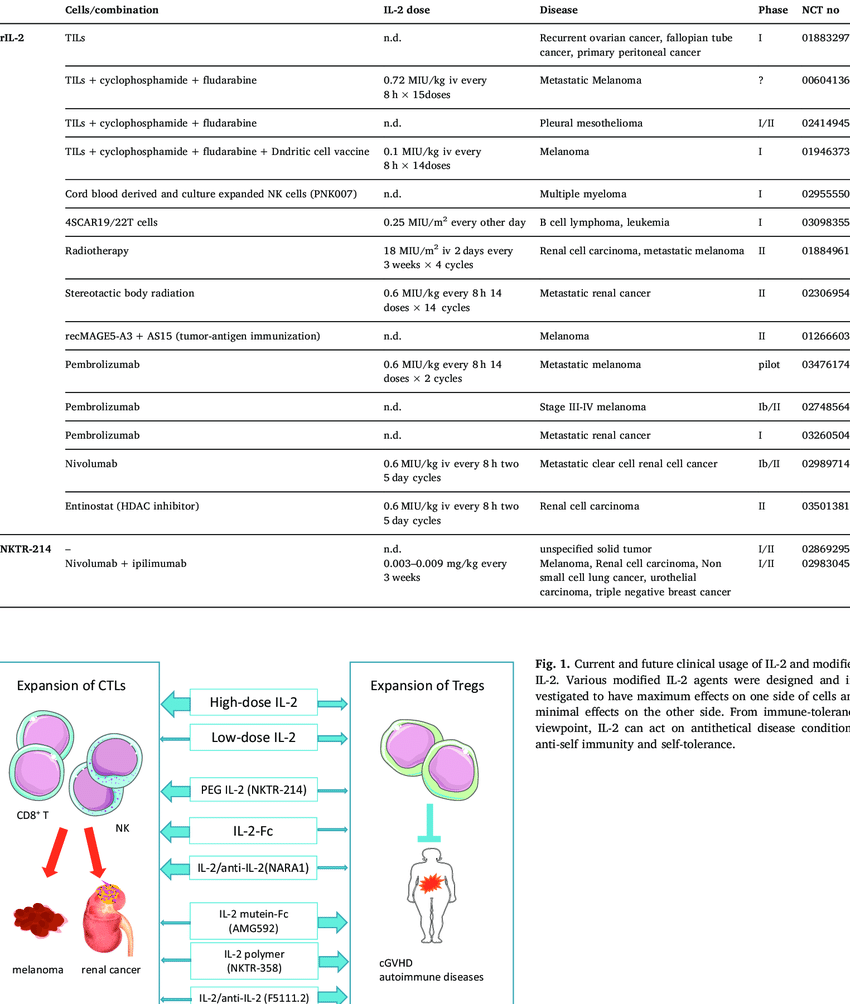Introduction
The human immune system combats cancerous cells. However, tumors develop ways to evade this defense, allowing them to grow. Cytokine therapy is an emerging immunotherapy strategy that harnesses the immune system to fight cancer. This article explores how cytokines work, their use in treatment, and ongoing research to improve their effectiveness.
Cytokines: Immune System Messengers
Cytokines are small signaling molecules produced by immune cells. They act like a communication network, coordinating the immune response. Different cytokines have specific functions:
- Stimulatory cytokines: These activate and expand immune effector cells, like cytotoxic T lymphocytes (CTLs), which directly kill cancer cells (e.g., interleukin-2 (IL-2), interferon-alpha (IFN-α)).
- Modulatory cytokines: These influence the balance between pro-inflammatory and anti-inflammatory processes within the tumor microenvironment (TME) (e.g., interleukin-10 (IL-10), transforming growth factor-beta (TGF-β)).
Cytokines in Cancer Immunotherapy
Cytokine therapy aims to stimulate the immune system to recognize and destroy cancer cells. Treatment involves giving patients either natural or recombinant cytokines:
- Natural cytokines: Extracted from immune cells or blood products.
- Recombinant cytokines: Produced through genetic engineering for a consistent and large supply.
Clinical Applications
Cytokine therapy has shown effectiveness in treating specific cancers, including:
- Melanoma: IL-2 therapy is approved for advanced melanoma, increasing tumor-infiltrating lymphocytes (TILs) and causing tumor shrinkage.
- Renal cell carcinoma (RCC): Similar to melanoma, IL-2 therapy is used for RCC, promoting TIL expansion and potentially leading to long-lasting responses.
- Hairy cell leukemia: IFN-α is a primary treatment for hairy cell leukemia, directly inhibiting cancer cell growth and proliferation.
Challenges and Future Directions
Despite its promise, cytokine therapy faces challenges:
- Toxicity at high doses: High-dose therapy can cause severe side effects, requiring careful dose adjustment.
- Short lifespan in the body: Cytokines degrade rapidly, necessitating frequent administration or development of sustained-release formulations.
- Limited effectiveness in some cancers: Certain tumors resist cytokine therapy, highlighting the need for personalized treatment approaches.
Researchers are exploring ways to overcome these limitations:
- Combination therapy: Combining cytokines with other immunotherapies may enhance anti-tumor responses and reduce side effects.
- Targeted delivery systems: Encapsulating cytokines in nanoparticles or using antibody-drug conjugates can deliver them specifically to the tumor site, reducing side effects.
- New cytokine targets: Studying the complex cytokine network within the TME may lead to new therapeutic targets with improved efficacy.
Conclusion
Cytokine therapy is a valuable tool in cancer treatment. By stimulating the immune system, cytokines can induce long-lasting anti-tumor effects. With ongoing research focused on overcoming limitations and optimizing delivery methods, cytokine therapy has immense potential to improve outcomes for various cancers.
Learn more in this video:



Cytokine Therapy: Boosting Immunity Against Cancer